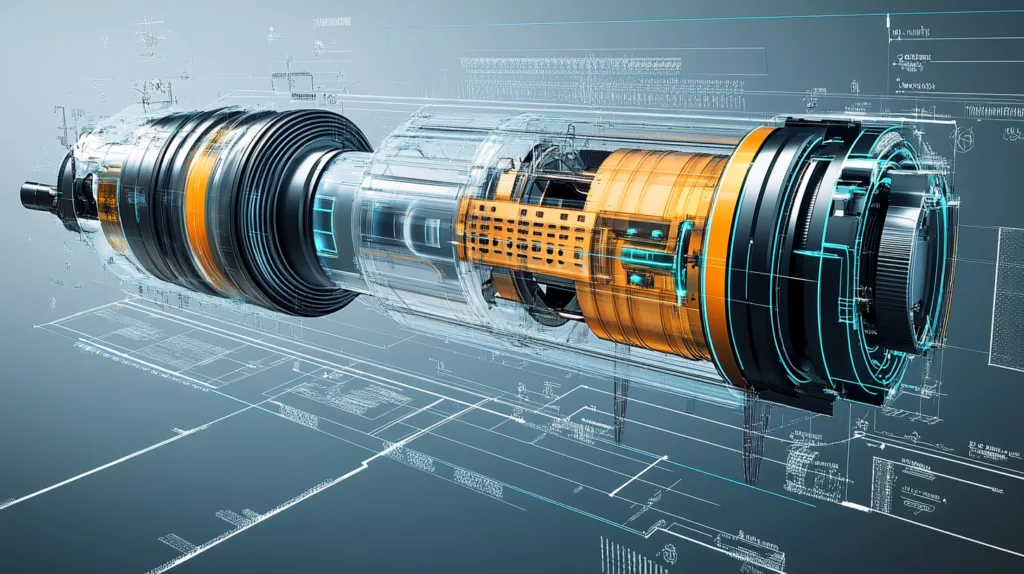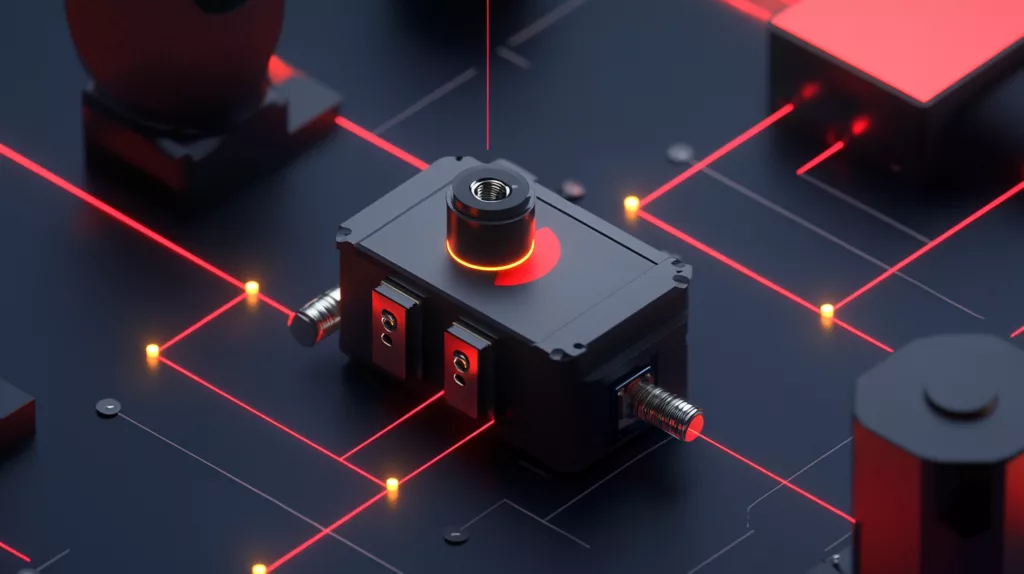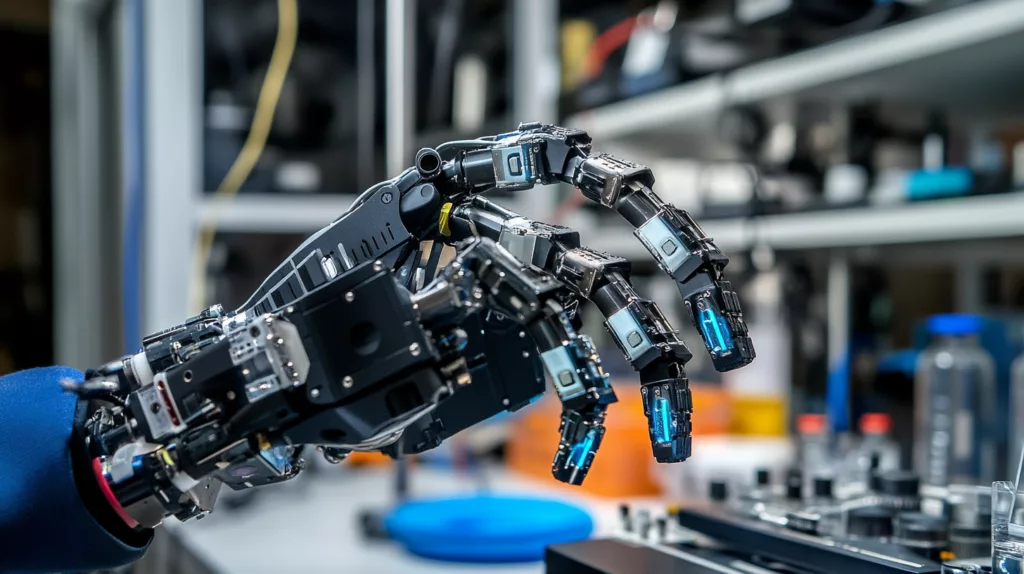Force sensors have revolutionized how industries measure and control mechanical loads. Among these, 2-axis force sensors offer precise bi-directional force measurements, ideal for advanced engineering and industrial applications. In this guide, we delve deep into how 2 axis force sensors work, their types, applications, and advantages.
XJCSENSOR is a leading sensor manufacturer, known for their high-performance 2-axis and multi-axis sensor solutions across various industries.
What is a 2-Axis Force Sensor?

A 2-axis force sensor measures forces simultaneously along two perpendicular axes, typically X and Y. This dual-axis capability is essential for applications requiring multi-dimensional load measurement without the complexity of a full 3D setup.
Unlike single-axis sensors that detect force in one direction, 2-axis sensors capture the interplay between two planes, providing a more comprehensive understanding of applied forces.
Key Components of 2-Axis Force Sensors
To understand the working principle of 2-axis sensors, it’s crucial to know their main components:
- Sensing Element: Typically a strain gauge, piezoelectric, or capacitive element that deforms under force.
- Substrate/Base: Supports and stabilizes the sensing element.
- Signal Conditioning Circuitry: Converts raw signals into readable data.
- Output Interface: Analog or digital signal output compatible with data acquisition systems.
How 2 Axis Force Sensors Work
At its core, a 2-axis force sensor operates based on detecting minute deformations caused by force along two axes.
- Force Application: External forces are applied along X and Y directions.
- Deformation: The sensor’s structure slightly deforms.
- Signal Generation: This deformation changes the electrical resistance (strain gauges), generates charge (piezoelectric), or alters capacitance (capacitive sensors).
- Signal Processing: The changes are translated into proportional electrical signals.
- Output Data: Data representing force magnitudes along each axis are output for monitoring or control.
Understanding the working principle of 2-axis sensors enables users to choose the right configuration for specific tasks.
Types of 2-Axis Force Sensors
Different technologies cater to diverse industrial needs. Here are the main types of 2-axis force sensors:
1. Strain Gauge 2-Axis Sensors
- Mechanism: Measures changes in electrical resistance due to mechanical strain.
- Use Cases: Robotics, mechanical testing.
2. Piezoelectric 2-Axis Sensors
- Mechanism: Generates an electrical charge under mechanical stress.
- Use Cases: Dynamic force measurement, vibration monitoring.
3. Capacitive 2-Axis Sensors
- Mechanism: Measures changes in capacitance between plates.
- Use Cases: Precision applications, microelectromechanical systems (MEMS).
Each sensor type has distinct advantages depending on sensitivity, robustness, and environmental suitability.
Applications of 2-Axis Force Sensors
The range of 2-axis force sensor applications is broad, with sensors playing critical roles in:
- Robotics: Enhancing dexterity by sensing forces during gripping or manipulation.
- Medical Devices: Assisting in surgical instruments and rehabilitation equipment.
- Automotive Testing: Measuring loads on vehicle components.
- Industrial Automation: Monitoring forces in assembly lines and precision equipment.
- Research and Development: Experimental setups needing precise force measurements.
In each of these fields, multi-directional sensing improves accuracy, safety, and performance.
Benefits of 2-Axis Force Sensors
- Multi-Dimensional Sensing: Capture forces along two planes with one device.
- Space Efficiency: No need for multiple single-axis sensors.
- Enhanced Data Accuracy: Reduces errors associated with force vector resolution.
- Versatility: Suitable for both static and dynamic force measurements.
XJCSENSOR’s 2-axis sensors are designed for optimal reliability and precision, making them a trusted choice in high-stakes environments.
Calibration and Maintenance of 2-Axis Force Sensors
Proper calibration ensures measurement accuracy. Calibration involves applying known forces in controlled conditions and adjusting output signals accordingly.
Steps for Calibration:
- Zeroing: Set baseline without any load.
- Applying Standard Loads: Sequentially apply known loads along both axes.
- Recording Outputs: Document corresponding sensor outputs.
- Adjusting Calibration Settings: Modify internal parameters to align with true values.
Routine maintenance like checking for mechanical wear, connector integrity, and signal noise levels further prolongs sensor life.
Challenges and Limitations
While 2-axis force sensors offer significant advantages, they also face some challenges:
- Cross-Talk: Force on one axis might affect readings on the other.
- Temperature Sensitivity: Environmental changes can impact accuracy.
- Limited Range: Some designs have a narrow operational force range.
Choosing high-quality sensors from trusted manufacturers like XJCSENSOR helps mitigate many of these issues.
FAQ: 2-Axis Force Sensors
Q1: What materials are used in 2-axis force sensors?
Q2: Can a 2-axis sensor measure torque?
Q3: How often should a 2-axis sensor be recalibrated?
Conclusion: Partner with XJCSENSOR for Precision Force Sensing
Understanding how 2-axis force sensors work equips you to make better decisions for your projects. Whether you are in robotics, automotive, medical, or industrial automation, precision matters.
XJCSENSOR is a leading sensor manufacturer, providing cutting-edge 2-axis and multi-axis sensor solutions tailored to your needs.
Ready to enhance your operations with precise force measurements?
- Contact XJCSENSOR today
- Learn more about XJCSENSOR’s sensor solutions
- Request a consultation or quote




